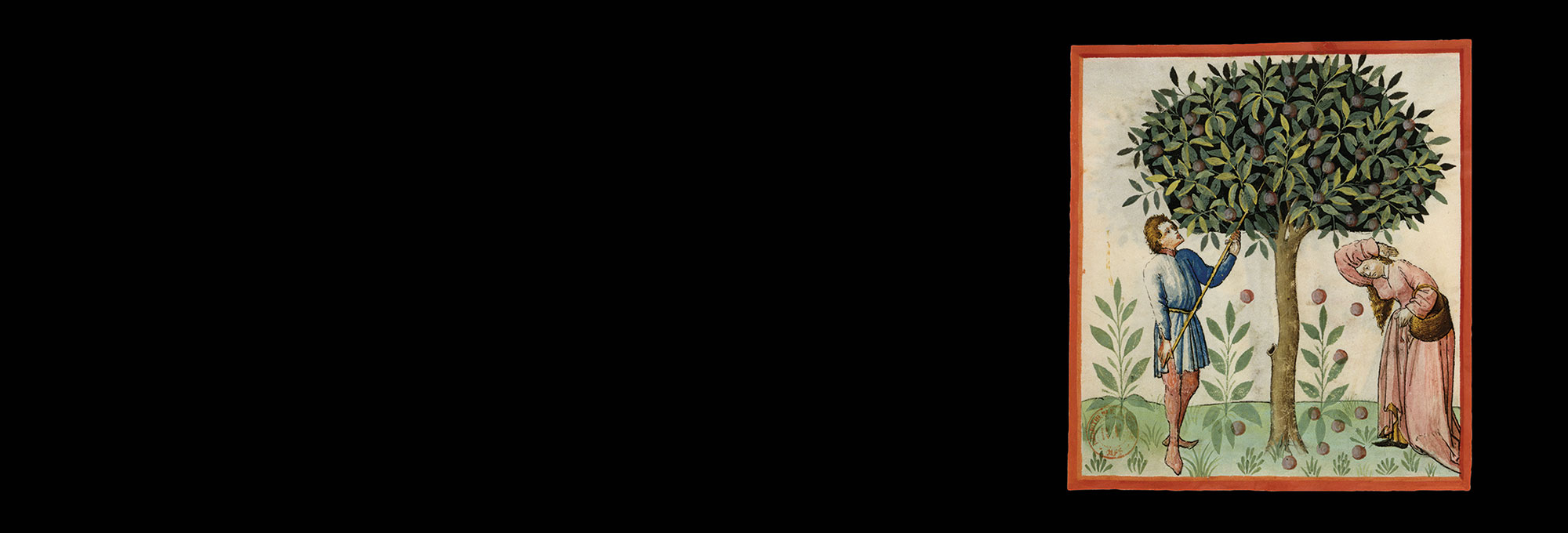Exploring the Rich History of Fruits: From Ancient Cultivation to Modern Delights

A fascinating 15th-century manuscript has provided a rare glimpse into the diversity of fruits enjoyed centuries ago. The artwork illustrates trees laden with various fruits, including sweet apples, jujubes, lemons, cherries, dates, and even sour apples, showcasing the rich agricultural history that predates our modern horticultural practices.
Going back even further, approximately 7,000 years ago, communities in New Guinea were already cultivating bananas, marking one of the earliest known instances of fruit farming. In parallel, ancient cultures in the Near East were nurturing figs, while Mesoamerican societies were domesticating avocados, setting the stage for the flavorful fruits we relish today. This global tapestry of fruit cultivation highlights not only the nutritional diversity we enjoy but also the ingenuity of early agriculturalists.
Presently, people around the world consume an astonishing variety of fruits. These range from the petite, neon green spheres produced by the Asian watermeal plant, which measures less than the width of a pencil tip, to the enormous jackfruit, which can weigh up to 100 pounds and boasts a yellowish-green exterior. According to archaeobotanist Erica Rowan from Royal Holloway, the fruits we savor in contemporary diets are the result of extensive experimentation and cultivation by our ancestors over thousands of years.
For archaeologists, the study of ancient fruit provides unexpected insights into past civilizations. As Rowan explains, The seeds or pits of fruit are quite hardy and survive well in the archaeological record. This durability allows researchers to piece together how ancient peoples interacted with their environment, utilizing fruits not only for sustenance but also as a means of survival during challenging times. For example, figs preserved in honey were used as a crucial source of calories during harsh winters, illustrating the resourcefulness of ancient cultures.
Throughout history, fruit has held a significant place in human diets. Its natural sweetness made it a sought-after source of sugar, nutrients, and flavors, while also providing a variety of textures that appealed to the palate. Rowan emphasizes, Fruit was everywhere, all the time. It has always been very important to people. This connection to fruit underscores its role as a vital dietary component across different eras and cultures, reflecting not only nutritional needs but also the social and economic dynamics of ancient societies.



























